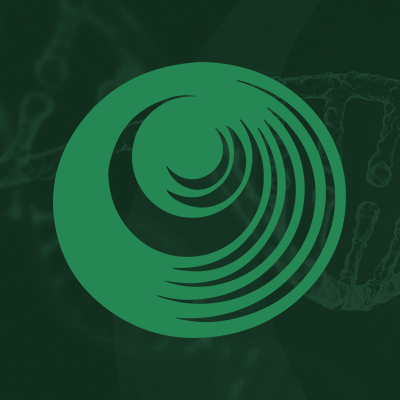Research Papers:
Oxidative stress at low levels can induce clustered DNA lesions leading to NHEJ mediated mutations
PDF | HTML | Supplementary Files | How to cite
Metrics: PDF 3012 views | HTML 8260 views | ?
Abstract
Vyom Sharma1, Leonard B. Collins1, Ting-huei Chen2, Natalie Herr1, Shunichi Takeda3, Wei Sun2, James A. Swenberg1, Jun Nakamura1
1Department of Environmental Sciences and Engineering, Gillings School of Global Public Health, Chapel Hill, NC 27599, USA
2Department of Genetics, The University of North Carolina at Chapel Hill, Chapel Hill, NC 27599, USA
3Department of Radiation Genetics, Graduate School of Medicine, Kyoto 606–8501, Japan
Correspondence to:
Jun Nakamura, email: [email protected]
Keywords: oxidative stress, NHEJ, mutations, clustered DNA lesions, double strand breaks
Received: October 04, 2015 Accepted: March 13, 2016 Published: March 23, 2016
ABSTRACT
DNA damage and mutations induced by oxidative stress are associated with various different human pathologies including cancer. The facts that most human tumors are characterized by large genome rearrangements and glutathione depletion in mice results in deletions in DNA suggest that reactive oxygen species (ROS) may cause gene and chromosome mutations through DNA double strand breaks (DSBs). However, the generation of DSBs at low levels of ROS is still controversial. In the present study, we show that H2O2 at biologically-relevant levels causes a marked increase in oxidative clustered DNA lesions (OCDLs) with a significant elevation of replication-independent DSBs. Although it is frequently reported that OCDLs are fingerprint of high-energy IR, our results indicate for the first time that H2O2, even at low levels, can also cause OCDLs leading to DSBs specifically in G1 cells. Furthermore, a reverse genetic approach revealed a significant contribution of the non-homologous end joining (NHEJ) pathway in H2O2-induced DNA repair & mutagenesis. This genomic instability induced by low levels of ROS may be involved in spontaneous mutagenesis and the etiology of a wide variety of human diseases like chronic inflammation-related disorders, carcinogenesis, neuro-degeneration and aging.
 All site content, except where otherwise noted, is licensed under a Creative Commons Attribution 4.0 License.
All site content, except where otherwise noted, is licensed under a Creative Commons Attribution 4.0 License.
PII: 8298
